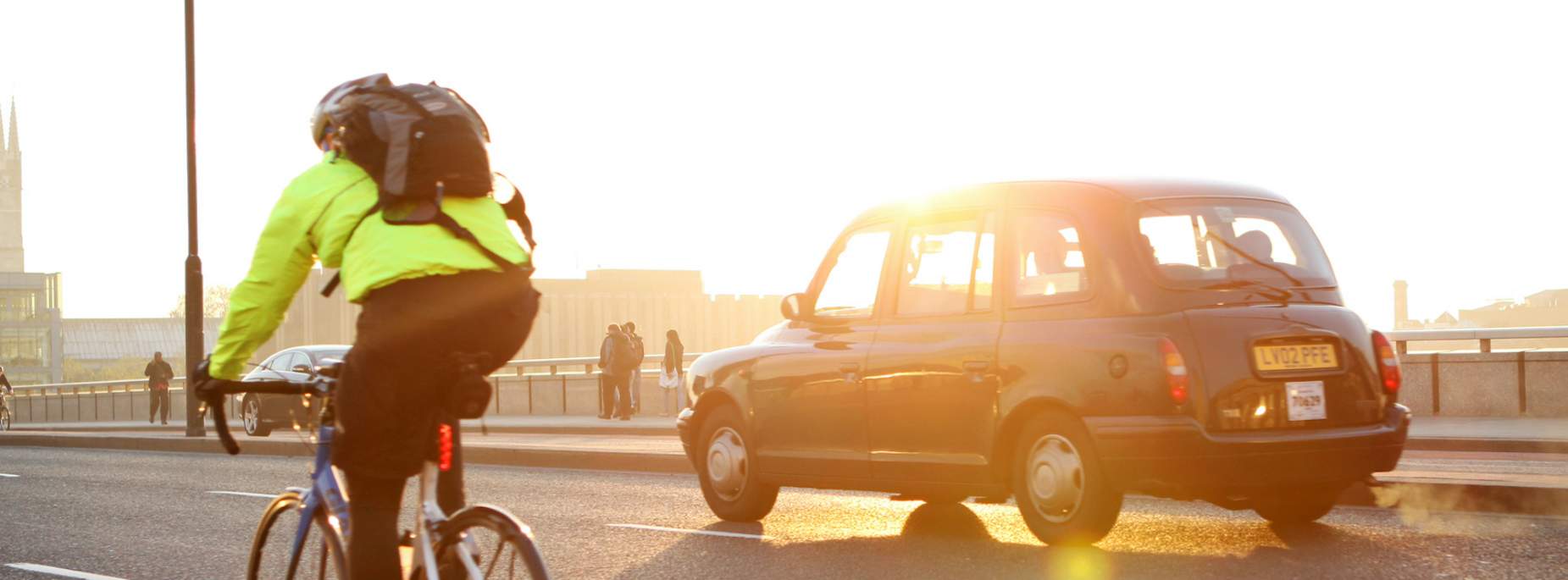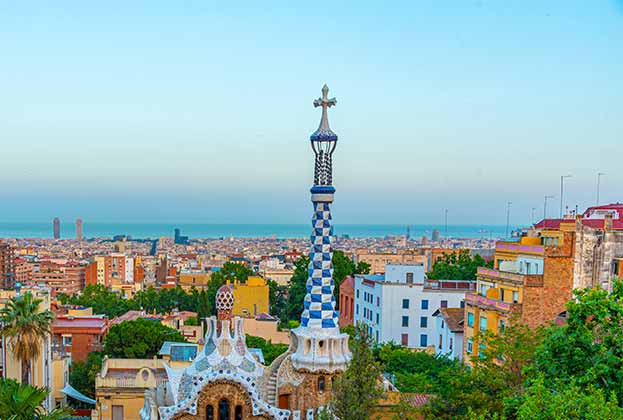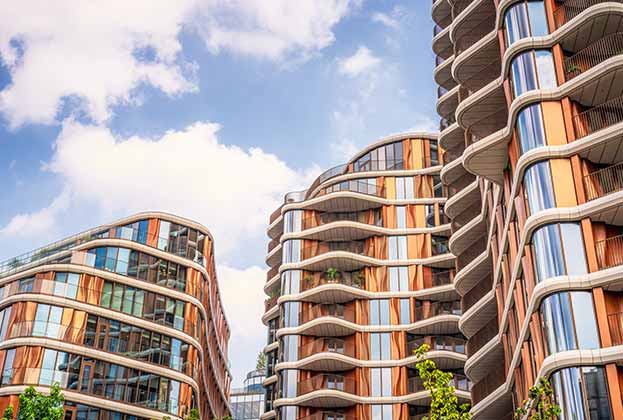The link between good access to public transport and higher property prices is generally well accepted but Covid-19 has brought lifestyle changes which could well result in buyers rethinking the meaning of a well-connected neighbourhood (see Home buyers put fresh air and family ahead of proximity to the office).
With this in mind, there are areas of London that are centrally located but hitherto perceived as poorly connected which could now have scope for value growth.
I have blogged before about the rise in the popularity of cycling in the city (see Why buyers will be attracted to new developtments with good cycle facilities). In recent years there has been a steady increase, the number of cyclists on hired bikes in central London up 29 per cent from 2014 to 2019, until the national lockdown meant all movement reduced dramatically. More recently TfL has released data showing that journey numbers in inner London increased by 7 per cent compared with spring 2019 and 22 per cent in outer London.
Not only are more people cycling but they are spending more time on bikes with the average travel time on a Santander Cycle rising from under 20 minutes in March 2020 to over 35 minutes in May last year.
In tandem we’ve seen the emergence of rentable electric bikes such as Lime and Uber (Jump). These bikes are not tied to fixed locations, offering micromobility to areas that may be less accessible and the ability to ‘cycle’ to work with minimal effort.
E-scooters are currently illegal on all but privately owned land. However, the Government is reportedly starting trials to legalise them later this spring which, if successful, will surely only increase their popularity. East London is already well aware of their potential since Bird launched its rental scooter in the Olympic Park in 2018. This allows users easy access across the park from Westfields to Here East which otherwise would be a 20-minute walk or so.
The prospect of increased personal mobility could lead house hunters to change their criteria for a desirable location if a 20-minute walk to the closest station is perceived as a 5 to 10- minute ride instead.
We’ve analysed areas of London to identify where there may be scope for property values to rise if the perception of connectivity improves.

(1)(1).jpg)
.jpg)







.jpg)
.jpg)
